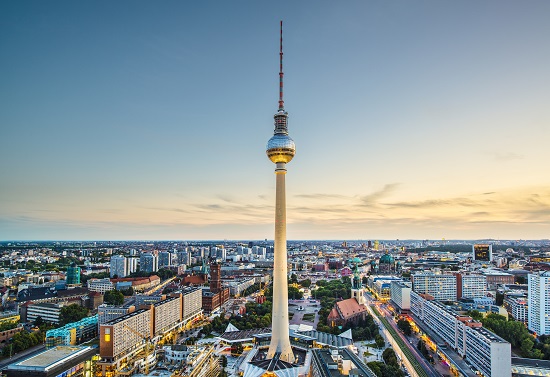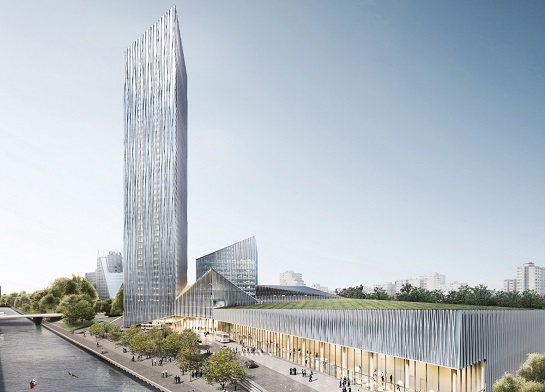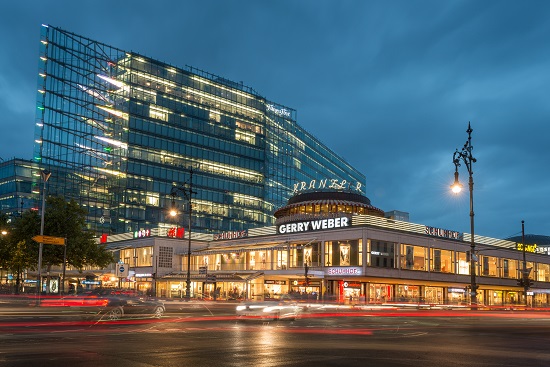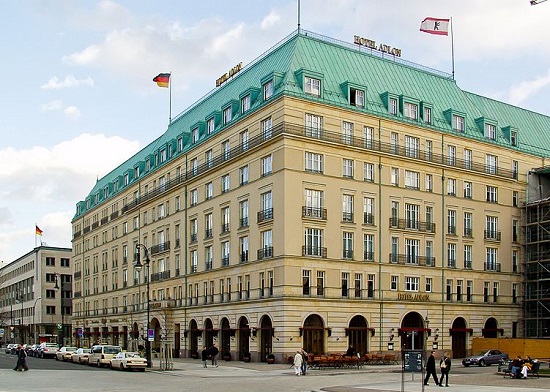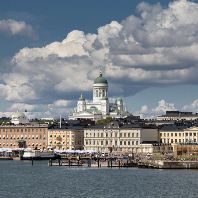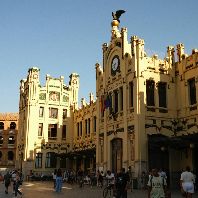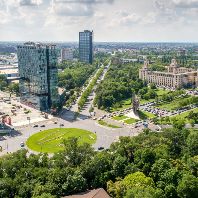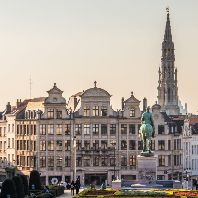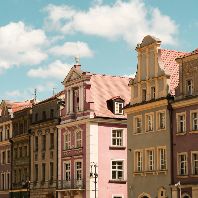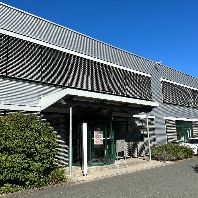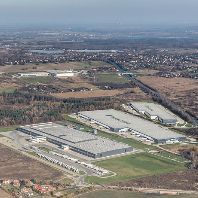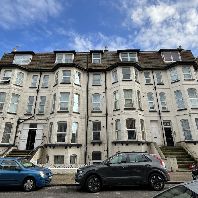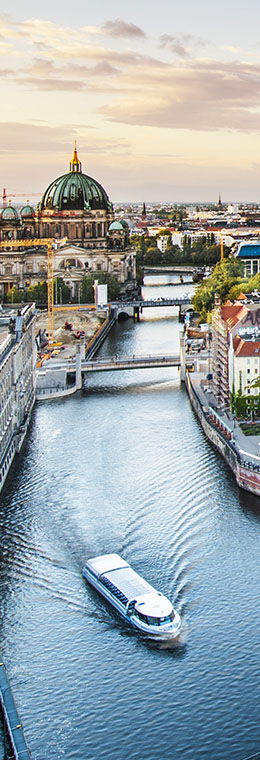Thursday, 2 April 2015
Berlin | Germany
Berlin is the seat of the German government and the largest city in Germany with 3.4 mln inhabitants. The wider Metropolitan Region Brandenburg-Berlin comprises over 5.8 mln inhabitants with a forecasted population growth of 7.1 % until 2030. The capital benefits from one of the most modern traffic and transport infrastructure systems in Europe, with long-distance, regional-trains and the international airport. Berlin’s geographical location makes it attractive for those companies looking to do business in central and eastern Europe.
ECONOMIC OUTLOOK
SME’s are the backbone of the economy in Berlin, making it an extremely competitive business location. The city’s workforce is highly qualified due to the proximity of excellent universities, the major driver for companies deciding to locate here. Berlin is always strongly rated in location and quality of life rankings. Strong economic growth during the last two decades has driven employment growth.As Berlin continues to grow, it provides ever new offerings for business, living and retail accommodation.Berlin’s youthful, stylish and contemporary atmosphere has most recently attracted strong interest from the booming TMT sector. We expect that this trend will continue and this sector will further bolster real estate demand in the coming years.
INVESTMENT MARKET
There is currently very high investor demand in the Berlin commercial property market, 2014 was a new record year in the investment market with a transaction volume of €4.36 bln. The high demand is being driven by the current very low interest rates. In 2014, the share attributable to foreign investors rose significantly compared to the previous year, to almost 50%. For 2015, we expect that demand from Asian purchasers in particular will rise. Of these, the main players are investors from China, Taiwan and Indonesia.
OFFICE MARKET
With a total stock of around 17 million sqm, the Berlin office market is the second largest in Germany after the Munich region. There are currently 1.3 mln m² vacant, which equates to a rate of 7.7%. Berlin is therefore in the middle of the range across the major German cities. User demand is high and 2014 was a new record year with letting take-up of over 600,000 m². In addition to business services providers and industrial companies, the public sector is an important segment in Berlin.
New-build activity has risen again noticeably. With over 120,000 m² new-build office space in 2014, more space was completed than in the previous year, and for the next two years we expect the annual volume to be at around 200,000 m², which is at twice the level of the 10-year average. The largest project development with more than 100,000 m² is the new-build for the German Intelligence Services (Bundesnachrichtendienst), which will relocate to Berlin-Mitte from Pullach near Munich in 2016.
RETAIL MARKET
Berlin is the center for innovation, creativity and academic research in Germany; it is also a fashion capital and tourist hotspot in Europe. There can be no doubt that Berlin is one of the most interesting retail locations in Europe. The range of products on offer is unique with some 10 km of prime shopping locations, covering more than 870,000 m² of space across 8 top areas. The city’s shopping landscape offers a multitude of modern and well-structured shopping destinations. The historical division of Berlin has led to not one city center, but two: ‘City East’ (Alexanderplatz, Hackescher Markt and Friedrichstraße) and ‘City West’ (Tauentzienstraße and Kurfürstendamm), both very different and very popular shopping destinations.
In addition, Berlin’s tourist appeal is a strong magnet for national and international retail formats. Various strong brands like Apple, Hollister Co. and Mulberry have recently opened stores, attracted by the positive economic growth outlook, number of tourists and size of Berlin’s catchment area.
INDUSTRIAL/LOGISTICS MARKET
The large population in Berlin and its surrounding area make it an attractive location for warehouses, discounter and retail orientated companies. By German standards however, it is by no means an industrial hotspot, in fact there is relatively little industrial space in the area. Due to its excellent infrastructure, Berlin is rather a trade hub connecting Eastern and Western Europe. The main and most important logistic areas are the three Freight Villages (GVZ) Berlin-East, Berlin-South and Berlin-West, the Airport regions as well as the inland harbour areas.
Demand in 2014 has not weakened, but rather the average size of premises leased is smaller. The reaction of the market to this has been a shift in the focus of potential occupiers to older warehouse / logistics premises (including some pre-2000 constructions) in the city area. Fortunately, more premises were constructed in 2014, with more than 100,000 m² and therefore a similar volume of new space coming onto the market as in 2011. The market was able to absorb almost all of this new space, and only 5% is still available to let in the short-term. The most active demand came from retailers, which accounted for around 40% of the take-up.
HOTEL MARKET
The hotel market is benefiting significantly from Berlin’s attractiveness as a tourist destination. In 2014, the total number of overnight stays rose by 6.5% to 28.7 million. Of these almost 44% were foreign guests, which puts Berlin in third place after Munich (49%) and Frankfurt (45%). There were considerable rises in the number of guests from China, Israel and the Gulf States. The average stay by foreign guests rose slightly to 2.8 days, whilst German guests’ average stay remained at 2.2 days.
In 2014, Berlin showed a 4.5% growth in RevPAR. The occupancy rate rose by 2.4% and the average daily rate by 2.0%. Meanwhile, Berlin’s occupancy rate is nearing those of Hamburg and Munich but its average daily rate remains the lowest among the top German cities. This is the result of an increasing supply in the budget segment, which is popular with price-sensitive tourists. In 2014, the number of beds rose by only 1.4%, which was a significantly smaller increase than in the previous years. In terms of hotel classification, the 4 star segment has the largest stock of beds at almost 50%. In 2015, there are likely to be eight new hotels opening with a total of around 1,950 rooms. There are now six further hotels with a total of 2,100 rooms under construction or in advanced planning stage. The focal points of development activity include the Central Station, City West and Alexanderplatz.
If you would like to promote your city, please contact us
